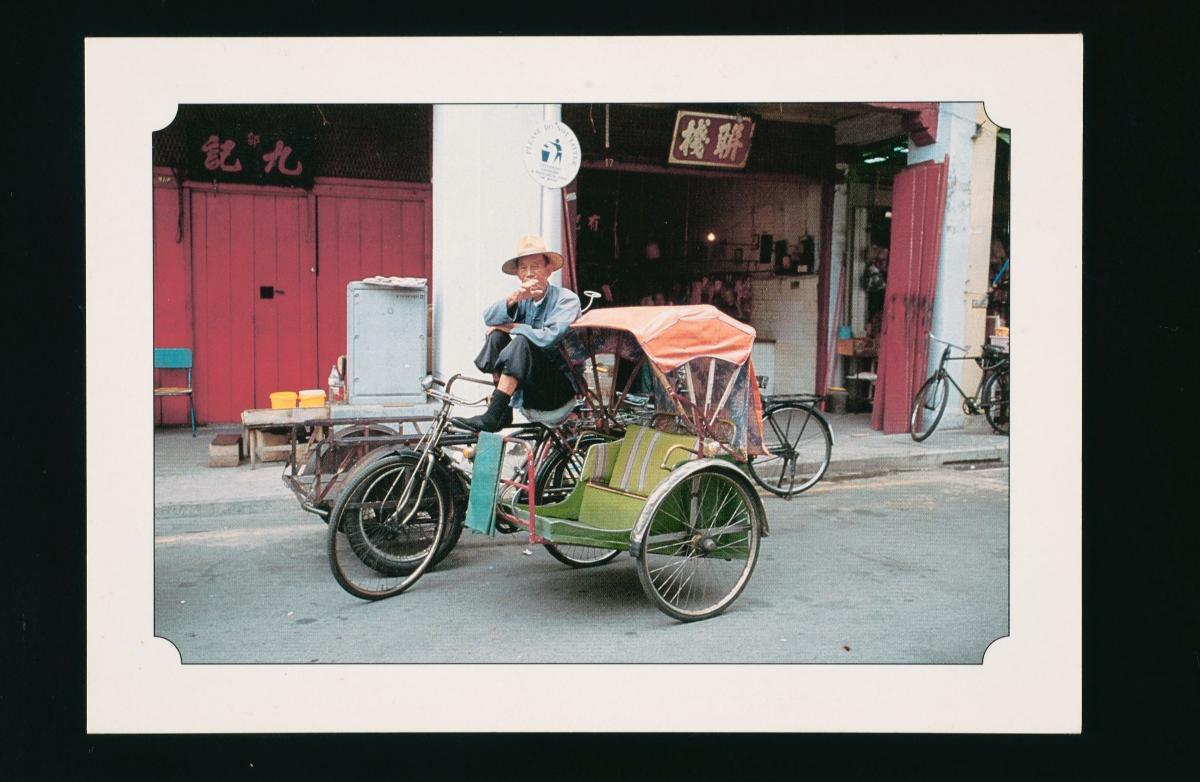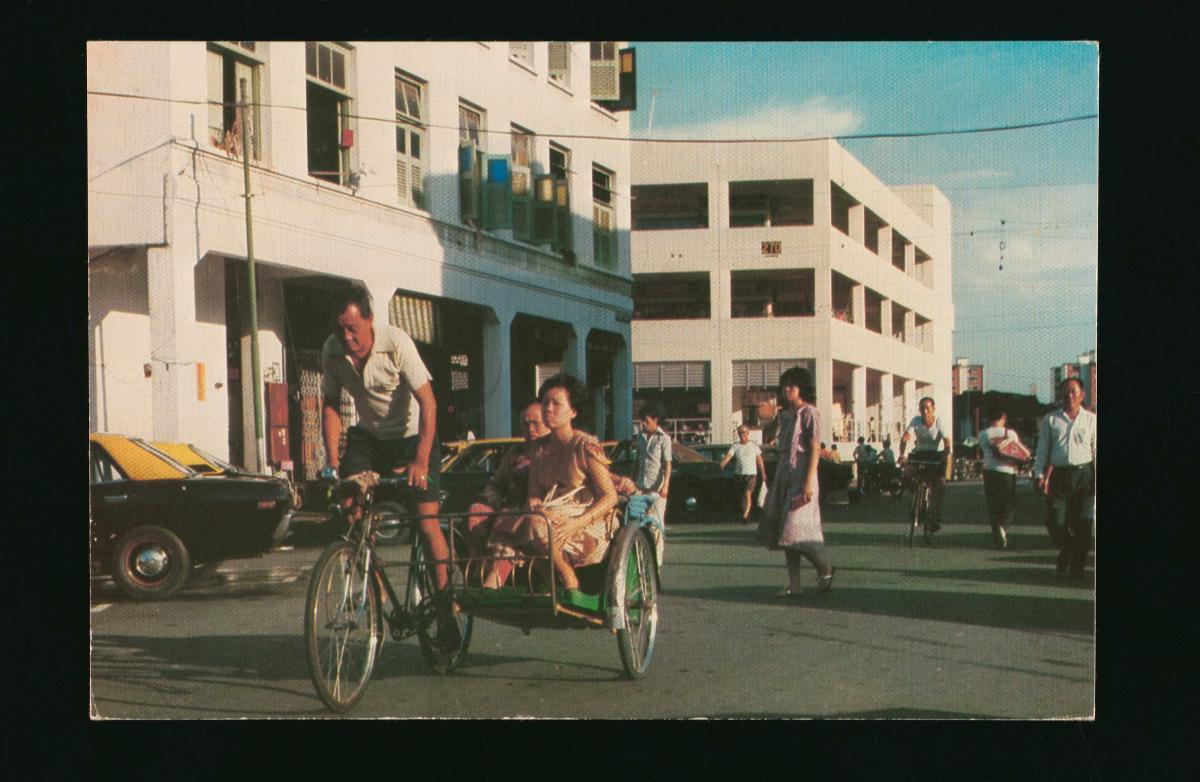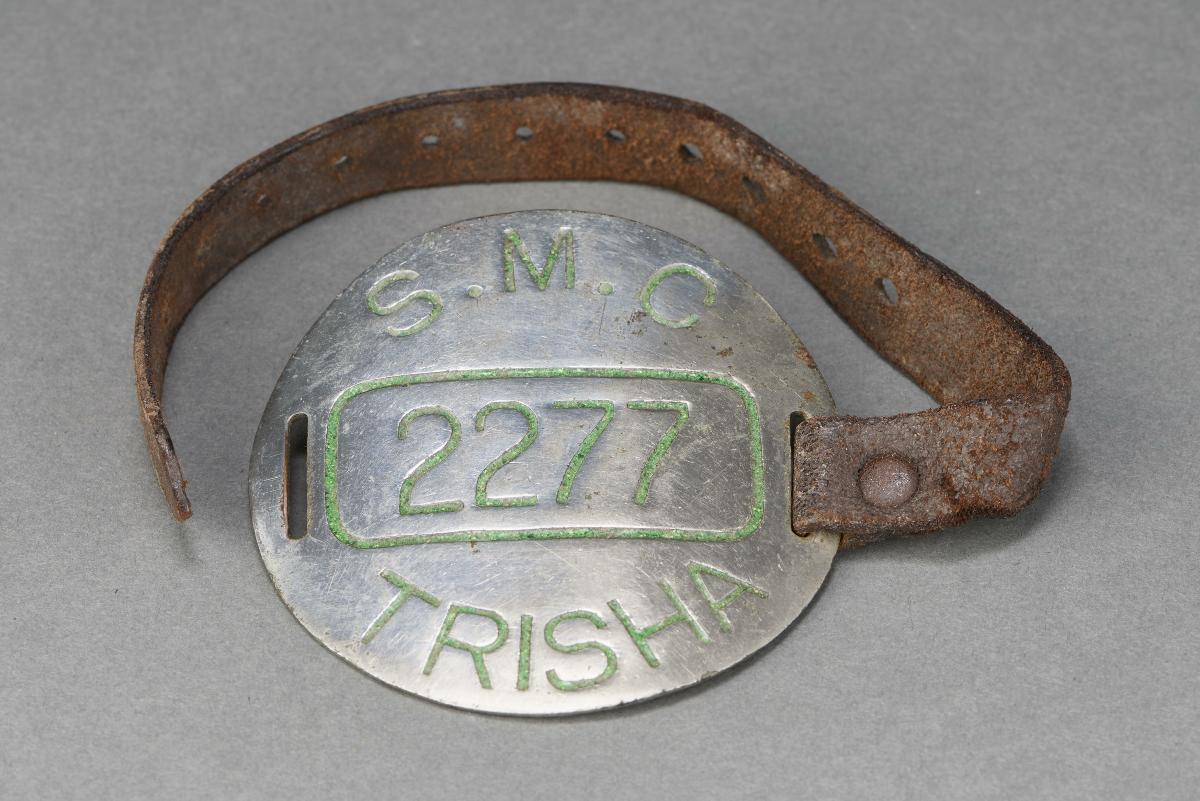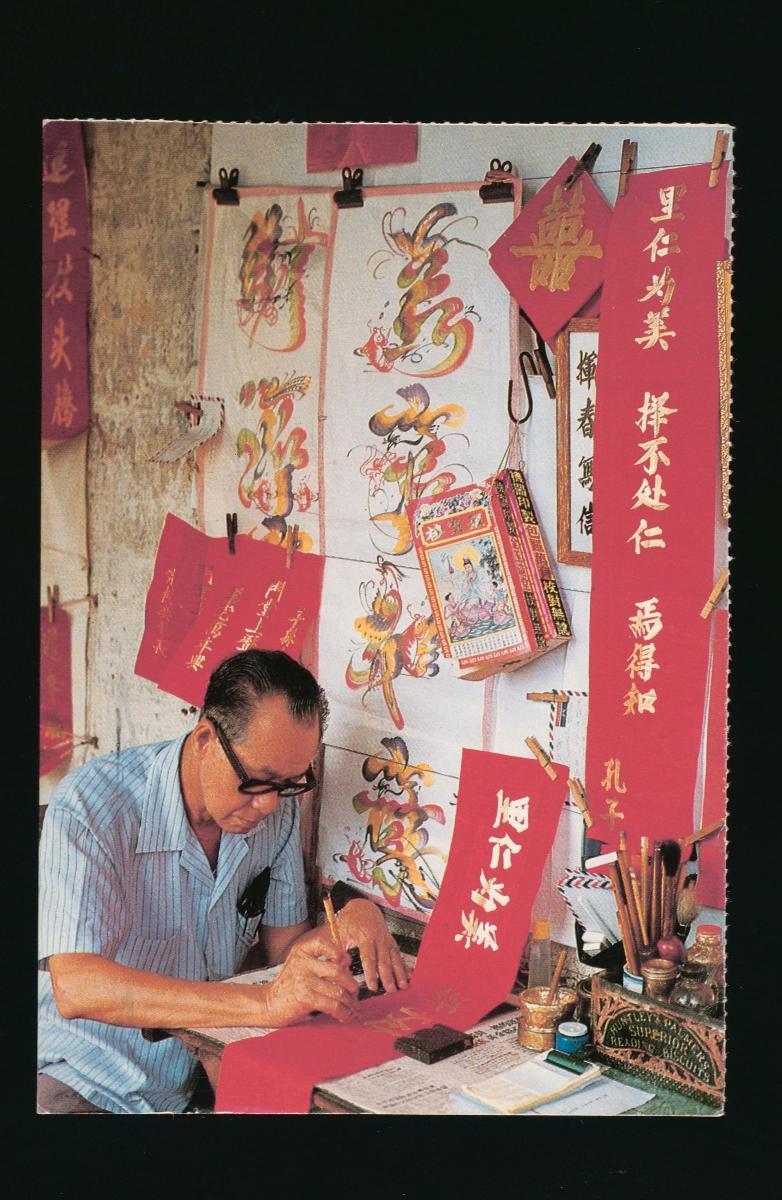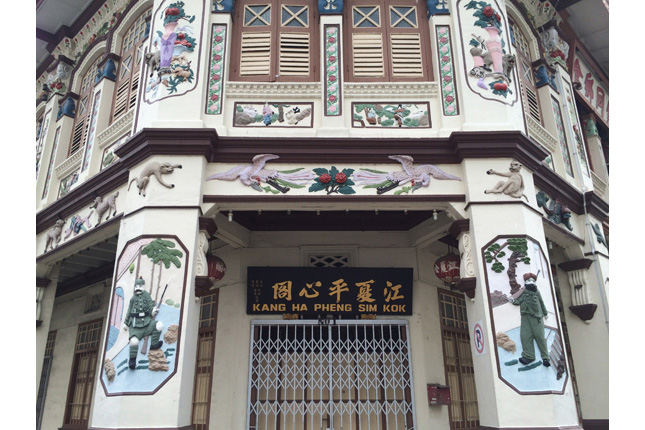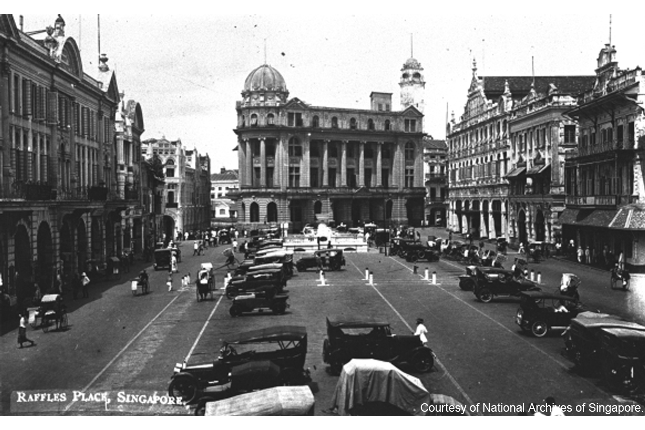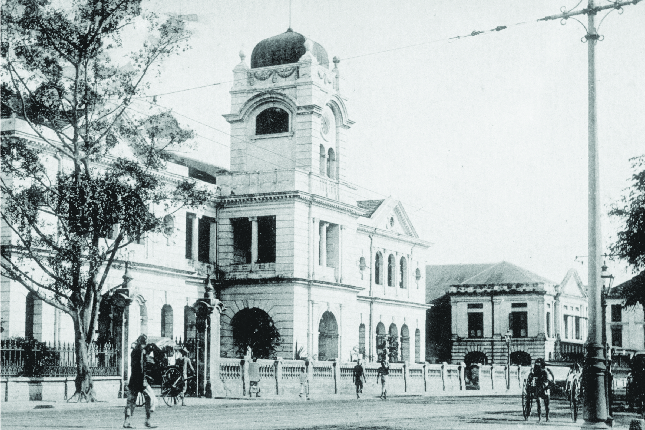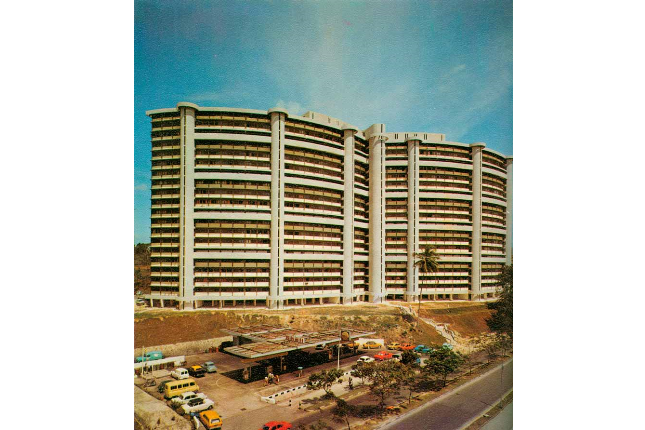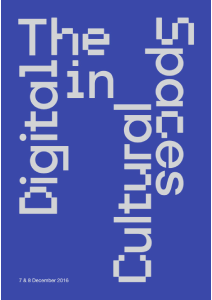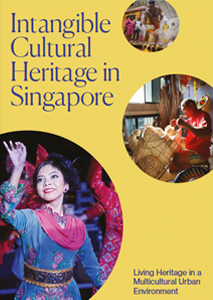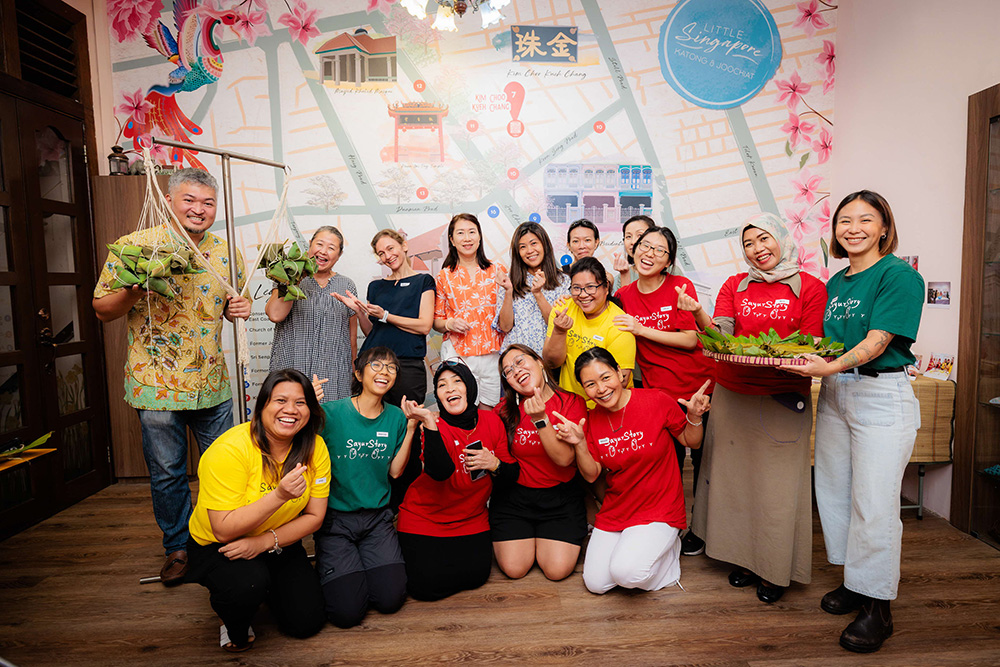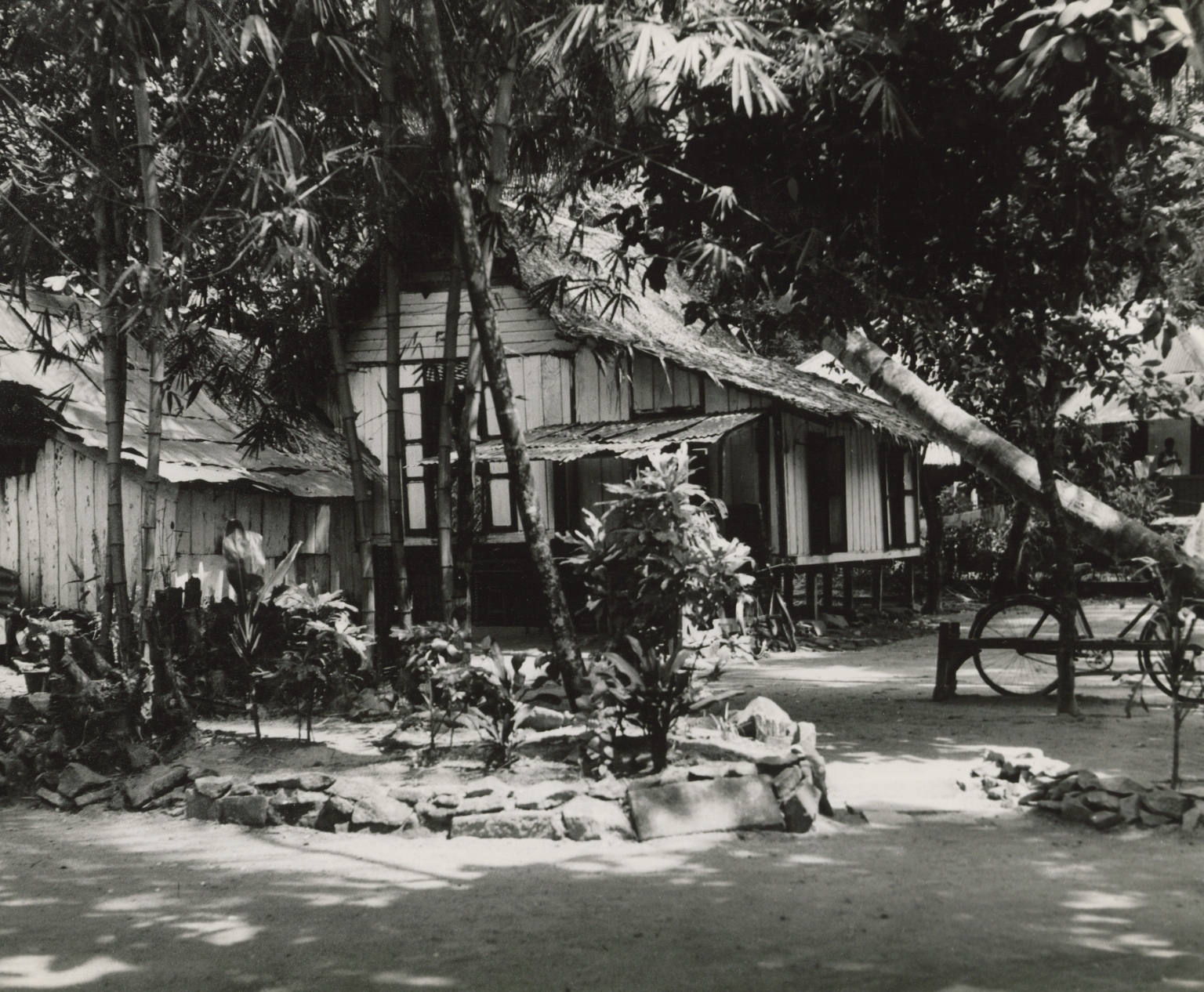The first trishaws were officially registered in Singapore in 1914 although they were advertised in the papers as early as 1886 in the form of the Upton Park tricycle. These early trishaws were essentially modified rickshaws attached to a bicycle and as such were known as ‘pedal rickshaws’ or ‘pedicabs’ when they were first introduced. It was not until the 1920s that trishaws became more widespread on the island when a new wave of Chinese immigrants turned to trishaw peddling as an occupation. Although less manoeuvrable than the hand-drawn rickshaw, the trishaw proved popular in Singapore and the region due to its greater speed. The use of trishaws grew even more dramatically during and immediately after the Japanese Occupation when petrol for motor vehicles was scarce. They have since become a rare sight on Singapore’s busy roads and are now mainly chartered by tourists looking to experience the Singapore of yesteryear.The historic district of Chinatown grew from the Chinese settlement known as the ‘Chinese Campong’ designated by Sir Stamford Raffles in his 1822 Town Plan for Singapore. Located on the southwestern bank of the Singapore River, the settlement initially covered an area of one square mile and was separated into zones each occupied by a particular Chinese dialect group. Major development of the district began in the 1840s following the granting of more land leases to build shophouses, and by the turn of the century, overcrowding and congestion were commonplace in the area. Starting from the mid 1960s, many of Chinatown’s residents were moved to new housing estates as part of the government’s urban renewal and resettlement schemes. Major upgrading works on the shophouses in Chinatown were carried out in the 1980s and many of the street hawkers in the area were moved to the Kreta Ayer Complex. In 2002, the Singapore Tourism Board opened the Chinatown Heritage Centre along Pagoda Street to showcase the area’s long history.





